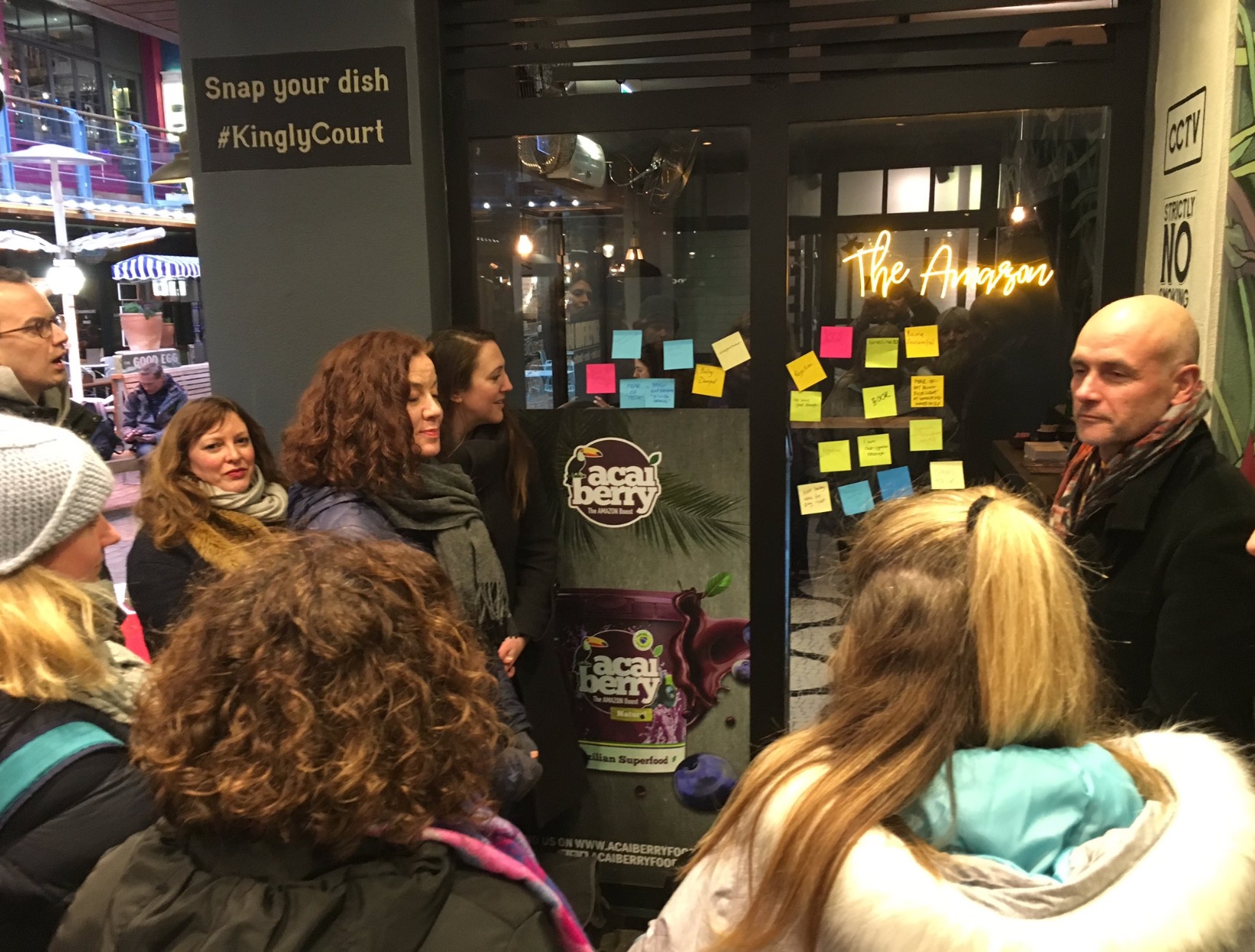Imposter Syndrome – time for a different story?

Imposter Syndrome is a term that was coined in the 1978 by clinical psychologists Dr Pauline Clance and Suzanne Imes. What Clance and Imes did, was to name a thing they saw. Here were people who’d gone outside their comfort zone. Having pushed themselves, these people felt uncomfortable. Like a school child who choose to speak up and now finds themselves being looked at by the whole class, these “imposters” were expecting someone to tell them off and to get back to where they belong.
I’ve written before about this topic but my confession to you here is that I’ve now reached a point where I’m questioning whether continuing to just call this out is still the most helpful thing we can do. I’m wondering if just naming and normalising it limits our ability to move into the next stage of dealing with it. The question I want to ask is whether we have reached a point where we would all benefit from telling ourselves an entirely different story about what this thing is.

For the past few years, I have been running “Fear Hack” workshops. The first thing I do in the workshop is to get the participants to write down a fear they have on a post-it and to stick that small note up on a wall. One of the things groups tend to pick out, when they see the sea of notes on the wall, is that there is a lot of fear of failure in the room. This can take many forms, from a fear of being found out to a worry that people won’t turn up to our thing, to an anxiety that we will let people down. In many groups this pattern is the prevailing theme. In some workshops it has made up as much as two thirds of the total fears. This fear, of not measuring up to some external measure of performance we choose to impose on ourselves or of being found out, dominates the room and our lives. Often I ask the group who of them has this feeling. I find, as I raise my own arm, very few, if any, hands remain down. The truth is out. We are all suffering from it.
I usually then ask people more questions about these fears such as “Where are they?” and “What evidence do you have for them?”. As we ponder the answers, we realise a few things. This is something I cannot tell people but rather something that everyone has to slowly challenge themselves with, as more and more people see it. It is that these fears do not exist. There is no real evidence for any of them. It feels like they are real but in truth they they are not. They only exist in our minds as a construct, a story about a possible future. These fears are not real. The terrible truth is that it is a story we made up. Even worse, we chose this narrative.
This is where my particular challenge to you lies. We have something and we have called it a name. You are probably “suffering” from it. Is this the end of it then?
My offer to you is to go beyond merely recognising, normalising and perpetuating this imposter syndrome. If our fears are simply a story we carry in our minds, we have a choice. Instead of believing that the teacher is going to come and tell us off, we could start to believe a different story. We could choose to tell ourselves a hopeful story about what might go right rather than a dreadful one about what might go wrong. We could also choose to live in a narrative construct where the default presumption is that the world supports us, instead of always trying to cut us down. As we stand in this room with a bunch of other supportive people, we could together choose to start to believe in a more hopeful and supportive world.
We could even choose to support each other more in making that story come true.
To do this we need to turn towards the monster a bit. We need to stare it down. If we do that, like the gang in Scooby Doo, we will slowly realise that its not what we thought it was at all.
The option of staying in our comfort zone is always open to us. However, what happens if we do? It is like locking ourselves inside a house because we are scared of going outside. What happens is that our chosen comfort zone gets smaller. The walls of the house grow their own mind-forged threats as now we are scared to open the curtains or leave the room. In short, the problem with staying in our comfort zone is that that zone doesn’t stay as it is. It gets smaller. We become like the residents of the small town that the Scooby Doo gang have arrived in; terrified of going out.
The only way to maintain or grow our comfort zone is, ironically, to step outside it. As we push at our boundaries of what we feel to be safe today, what feels comfortable tomorrow expands. At the same time our confidence, our willingness to experiment, with the joys of stretching and expanding ourselves in this way, increases. Confidence cannot be grown in a jar. Once we walk towards what we fear, our relationship with it and our understanding of it, improves. As we do the thing we are challenged by, our confidence grows. That thing we feel is our reminder that we are stepping outside our safe comfort zone, into growth.
The truth though is that we are relying too heavily on our experience of the past to come to conclusions about the future. What we could be doing is allowing the possibility that is the future to evolve as it can.
Now, instead of being a threat to our very lives, this butterfly fluttering we have in our chests is something that tells us we are alive and that we are growing. The discomfort we feel results from finding ourselves in a new and challenging place. It is a good thing, an essential thing.
What is more, we actively need to put ourselves in that place in order to grow. Growth is a natural part of living.
The difference here is that instead of thinking that it is us that are wrong, we are now saying that the narrative structures we had chosen were wrong. Instead, we now have new ones.
We can chose – yes, chose – to tell ourselves a different story.
Instead of a negative story about being found out we now have a positive one about growth.
In that story we would accept these feelings as what they are.
That the thing we feel is a growing pain,
that we have because we are growing
and that growth is normal.
